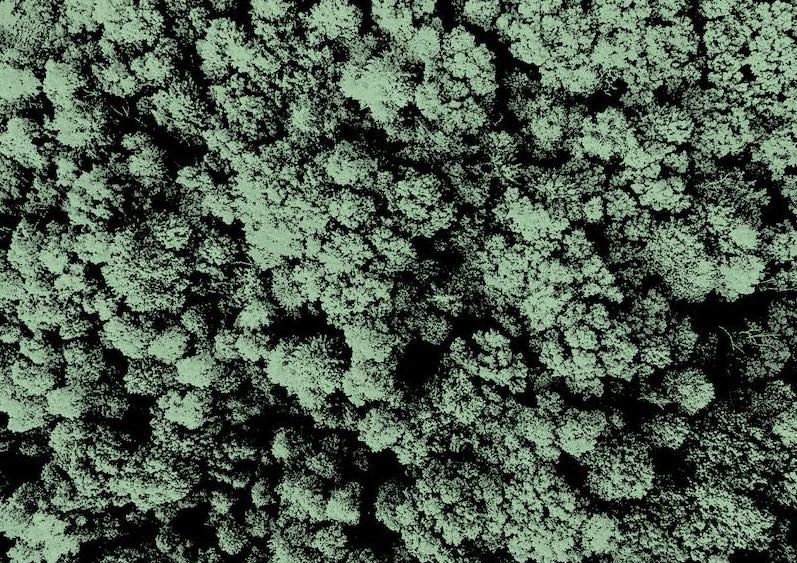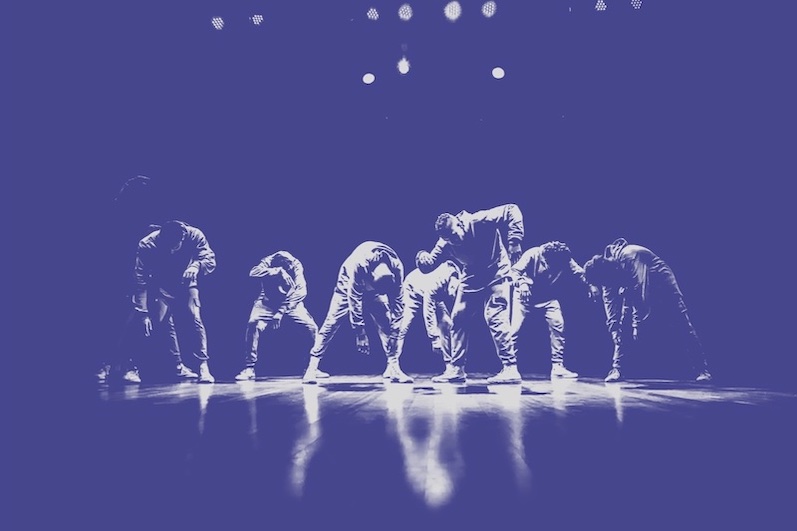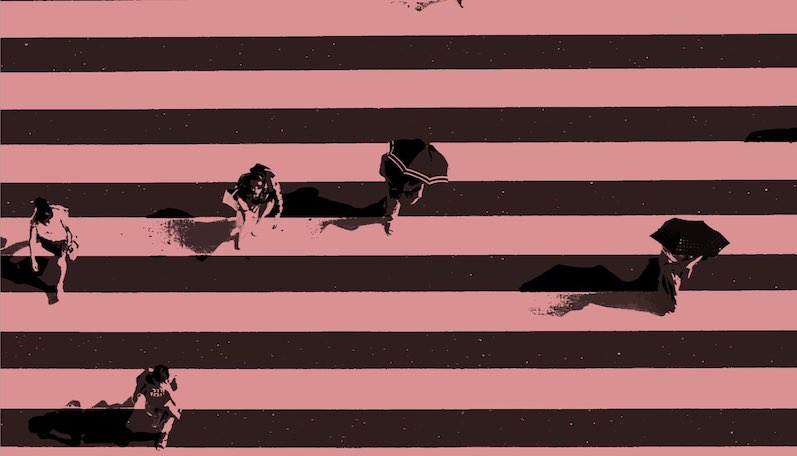What is it about?
Since its inception in 2013, the Arte Útil archive has become a collective steadily expanding as a tool for research and a resource for social practitioners. The archive is available for consultation online and consists of a growing database of around three hundred case studies that use art as a tool for societal change. It provides artistic strategies, a historical perspective, and a nexus between theory and praxis, besides being a platform to connect artistic projects and “users” from different geographies and contexts. The archive allowed collective experimentation and became a tool to infiltrate social practice both in the academic domain and galleries and museums’ educational ecosystems. In this article, we analysed two different examples as case studies: from a research and artistic environment, a conversation with Onur Yıldız and Naz Kocadere, co-authors of “Art in use: case studies in Turkey” in May 2018, from a two-day workshop organised in collaboration with the Office of Useful Art at SALT Galata, Istanbul (TR); and from an educational perspective, the recent curriculum developed as part of the International Master Artists Educator (iMAE) in ArtEZ, Armhen (NL)
Featured Image

Photo by Redd on Unsplash
Why is it important?
The Arte Útil archive has become a nomadic pedagogical device able to trigger the discussion and the analysis of socially engaged art practice, its nature and its context involving not just artists but social agents and communities. The article analyses the notion of curating as a social practice and if it could expand the approach of education.
Read the Original
This page is a summary of: Usological Turn in Archiving, Curating and Educating: The Case of Arte Útil, Arts, January 2022, MDPI AG,
DOI: 10.3390/arts11010022.
You can read the full text:
Resources
Contributors
The following have contributed to this page







